Dying Light is easily the best Zombie game I've probably ever played and Techland are continuing to tweak it over 4 years after the original release.
Here's what's in the latest update released yesterday:
General fixes:
- Early game difficulty tweaks
- Late game difficulty tweaks
New Features:
- Minor UI additions
- Added a new exotic mutation to an infected type
I'm actually not too surprised they're still supporting it, since Dying Light 2 is due to be released sometime later this year it's likely more people would like to also try out the original and so making sure it's nice and stable is a good idea.
This is one of the few times I will probably ever suggest running a native Linux game through Steam Play, instead of using the native Linux version as performance in Steam Play is so much better and smoother. You can see that in the previous video I did previously below.
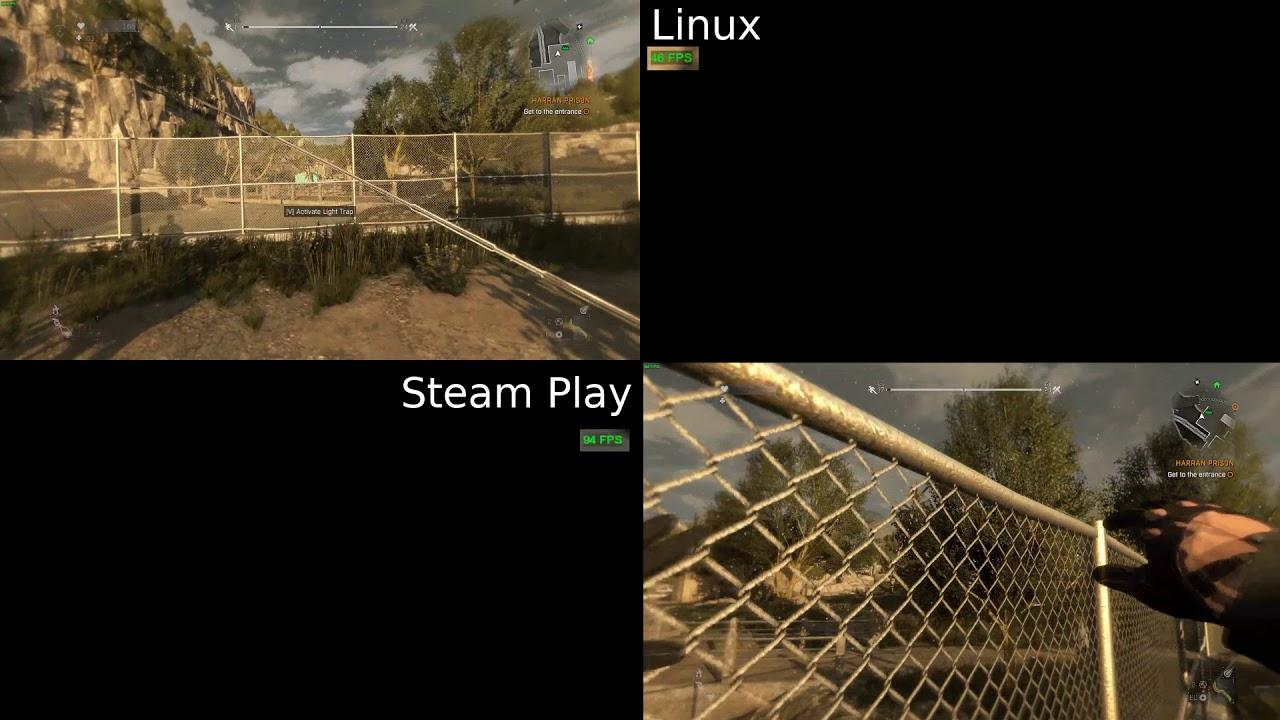
Direct Link
Note: Linux native at the top, Steam Play at the bottom—future comparison videos will be done next to each other so it's not confusing to some. Sorry, not something I do often!
While I do absolutely love Dying Light and The Following expansion opens it up even more, the ending to the original is a bit pants. I won't spoil it, but if you want more details you can see my old review of it here. Thankfully the gameplay throughout the game is incredibly fun, so it mostly makes up for the ending.
You can find it on Humble Store and Steam if you're looking to pick it up.
As for Dying Light 2, as far as I understand it won't be seeing Linux support just like Dying Light: Bad Blood didn't, from what I know the two people who did the Dying Light Linux port no longer work at Techland.
I think I'd prefer it if it was a completely separate entity where you have to build up again, and you can play it completely separately from the main game. Can anyone let me know, thanks?
[Meanwhile, I did play the main game on an older system than the one I have now, and I feel that performance is fine on the native Linux without needing to resort to Proton. In fact, I'd only like to resort to Proton if the game being played is really bad on native.]
Quoting: vickopIs it already playable with Mesa RadeonSI? The last time I tried 2 months ago (Mesa 19.0), it still started with black screen...
https://www.gamingonlinux.com/forum/topic/2766/post_id=18074
Quoting: g000hA little question for those who have played through the whole thing: I have finished the main campaign in the main game, but have never even looked at The Following. If I start The Following, does it begin you as a brand new player (with no skills, no equipment) and you play it from scratch, or does it just follow on from your main game with same skills / equipment stocked up?
I think I'd prefer it if it was a completely separate entity where you have to build up again, and you can play it completely separately from the main game. Can anyone let me know, thanks?
[Meanwhile, I did play the main game on an older system than the one I have now, and I feel that performance is fine on the native Linux without needing to resort to Proton. In fact, I'd only like to resort to Proton if the game being played is really bad on native.]
You can do either, I believe. Like you can make a fresh character and go straight to The Following, but the content miiiight be a bit tough for a low level player.
Last edited by lejimster on 6 June 2019 at 3:09 pm UTC
Quoting: g000hIf I start The Following, does it begin you as a brand new player (with no skills, no equipment) and you play it from scratch, or does it just follow on from your main game with same skills / equipment stocked up?Your choice. The story is that Crane finds a way out of Harran into 'the countryside' so continuing your previous character is fine, starting a new save is also fine.
A word of caution if you decide to delete your save file: The game uses only one save file and deleting it from The Following will delete it for the main game as well.
Backing up the game save file is strongly recommended! Save file location:
~/.steam/steam/userdata/xxxxxxx/239140/remote/out/save/
(The xxxxxx's are of course your own id number.)
Quoting: g000hI feel that performance is fine on the native Linux without needing to resort to Proton.No. Just no.
People, really, I'm begging you, everyone. Stop spreading this lie. I don't care that it is your personal opinion. We didn't get a properly functional Linux version with Dying Light. If you are a die hard Linux-native-or-gtfo person, you can still play the native version. But considering the vastly superior experience and performance you geet from simply clicking the 'Force Proton' checkbox, there's just no reason to gimp yourself. The Linux version simply isn't good enough - period.
Cue rant...
The Dying Light Linux native version is a broken, horrible crapfest. The fact that "IT WORKS" is not a good enough reason to use it when the Windows version runs Proton Platinum-level with upwards of 200% performance. It also hasn't worked well on AMD GPU's since forever, and even today it's not a surefire thing that it will run at all.
I too played the native version and as you see in the video in this article, the performance is not even comparable. Double FPS is just the start. It plays so much smoother, you have to experience it to understand. All the issues with stuttering etc. that comes with this tragically horrid port are non-existent on the Windows version.
Plenty of long standing bugs (to name just one, Drop Attacks causing sound system lag/breakage, game freezing or even crashing) are not present in the Windows version.
Then we have the additional graphics options that did not make it into the Linux version.
- NVIDIA HBAO+ (Horizon Based Ambient Occlusion+) - vastly improved ambient occlusion, meaning better shadows, darker darkness and increased immersion, especially at night. Good lord, it makes a notable difference.
- NVIDIA Depth Of Field (NVDOF) - increases the precision and image quality of depth of field blurring, and enables Techland to specify the intensity of blurring on a case by case basis.
- NVIDIA PCSS (Percentage Closer Soft Shadows) - an algorithm that mimics the behavior of shadows in nature, progressively softening shadows as the distance from the casting object increases and reducing aliasing on the edges of the rendered shadow.
Take a look for yourself how these make a difference. Do note that there has been plenty of performance patches since this article.
Convinced yet?
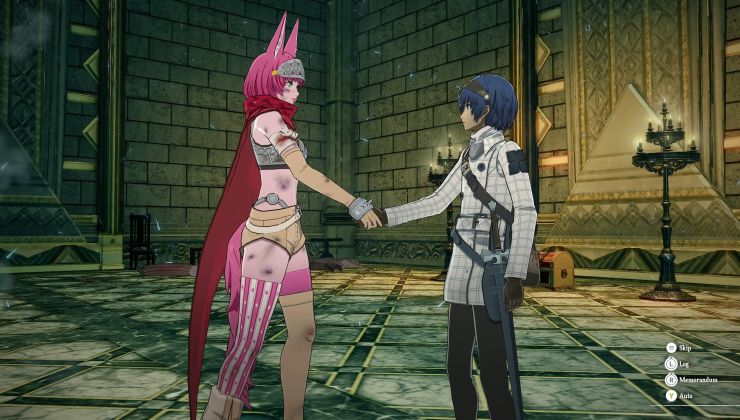
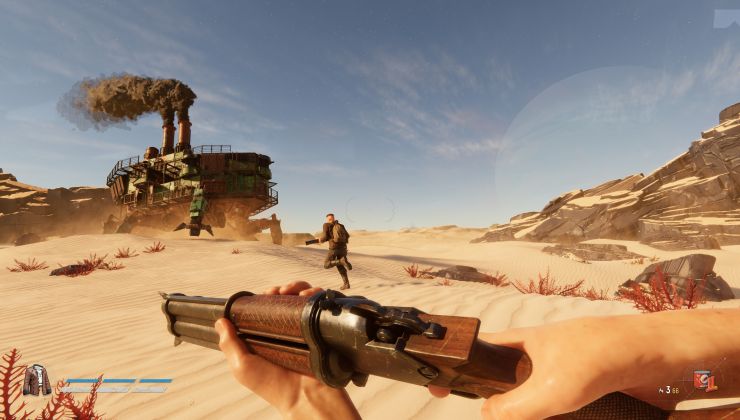
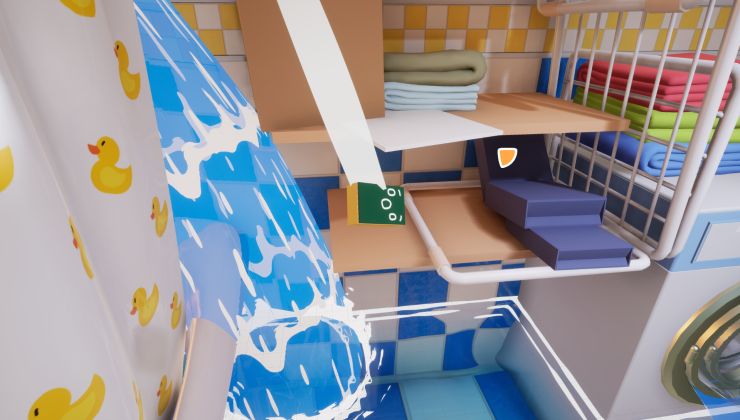
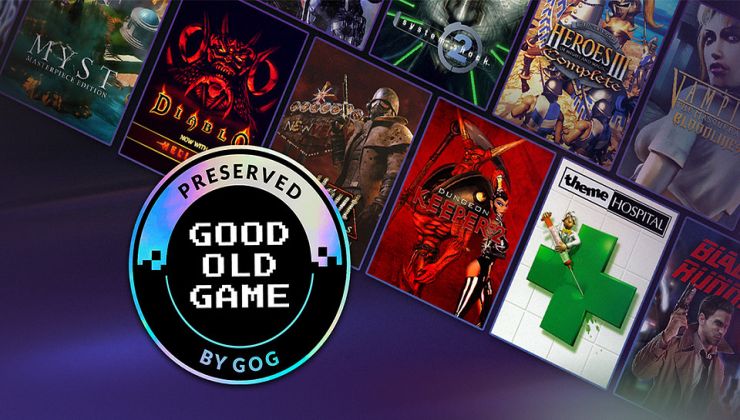



See more from me